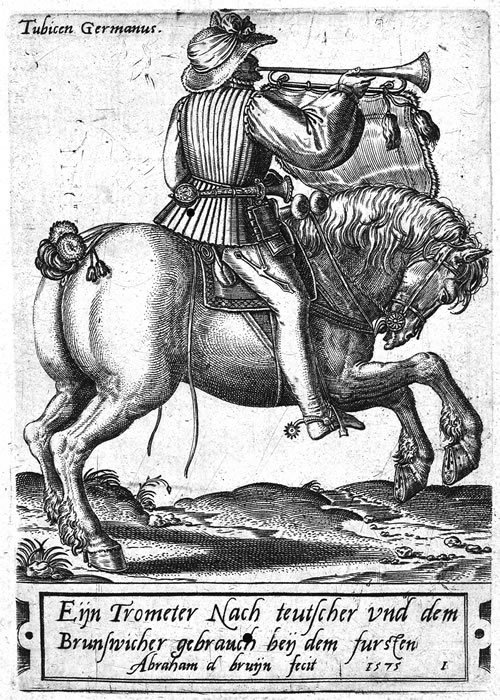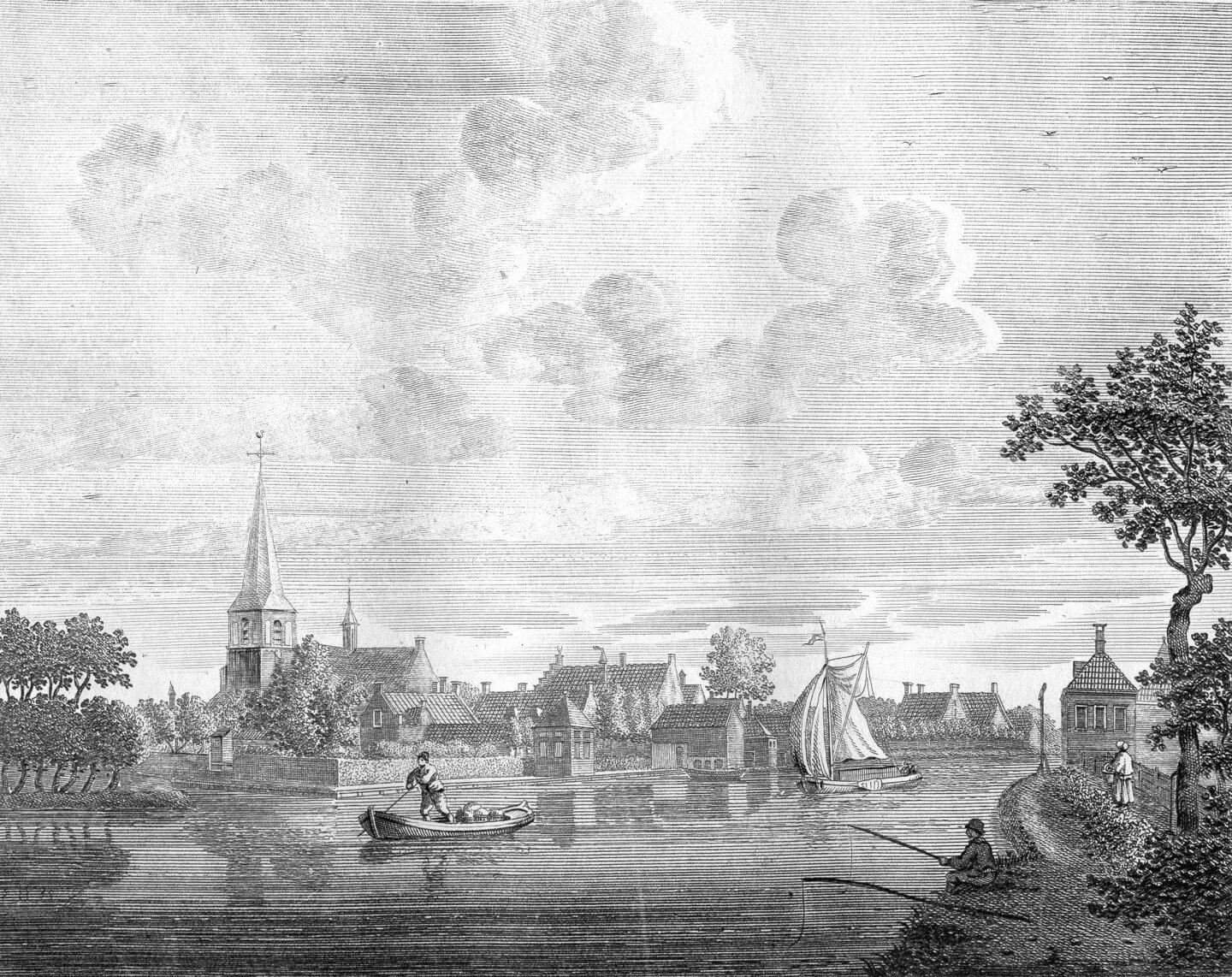Abraham de Bruijn, Part I

That has now been expanded to embrace 500 entries, many of them executed in the combined technique of etching and engraving, spread over two volumes. Like so many printmakers who have been researched at great length in The New Hollstein in recent years, this was of course because he was not a peintre-graveur, so his work is scattered over several large series that are often preserved in albums and not as loose prints in the portfolios and boxes that fill printrooms throughout the world.
De Bruijn tried to satisfy the encyclopaedic curiosity of his day with his prints and books, and he shaped his output around it.
He was hired by Christophe Plantin, Hans Liefrinck and many others as a qualified journeyman etcher and engraver, but the publications that appeared under his own initiative display an awareness of that curiosity, as well as an eye for the users - goldsmiths and craftsmen in different media who were looking for series of ornament prints that could be translated into furniture, embossed in silver, or turned into medals and medallions.
The large series with costumes and uniforms became the models for outfitting history prints, stage plays and the like. What did a Polish rider look like? What did an English noblewoman wear?, or How did a camp follower tart herself up?, whose job it was to satisfy the sexual needs of soldiers on campaign.
Gathering this oeuvre together was an administratively complex task that had a special significance for Ursula Mielke, the compiler of these volumes. It seemed only logical to us to follow Lorena Baines two New Hollstein volumes of 2014 on Nicolaes de Bruyn, with their wealth of unpublished material, with a survey of the work of his uncle and source of inspiration. The period and context in which Abraham was active - between Antwerp and Cologne - fits perfectly within the compilers sphere of interest.
Following the example of her late husband, the eminent art historian Hans Mielke, she has increasingly come to regard the world of Antwerp prints and drawings as her prime terrain, leading to many New Hollstein volumes devoted to artists who had previously not been studied in detail. Since the mid-1990s Ursula Mielke compiled volumes on Albrecht and Erhard Altdorfer, Heinrich Aldegrever, Erhard Schan, and on the huge corpuses of Peeter van der Borcht, Remigius and Frans Hogenberg, Crispijn van den Broeck, Hans Bol, and now Abraham de Bruijn.
Published in 2017
Compiler: Ursula Mielke
Editor: Ger Luijten
ISBN: 978-94-91539-38-1
232 pp.

